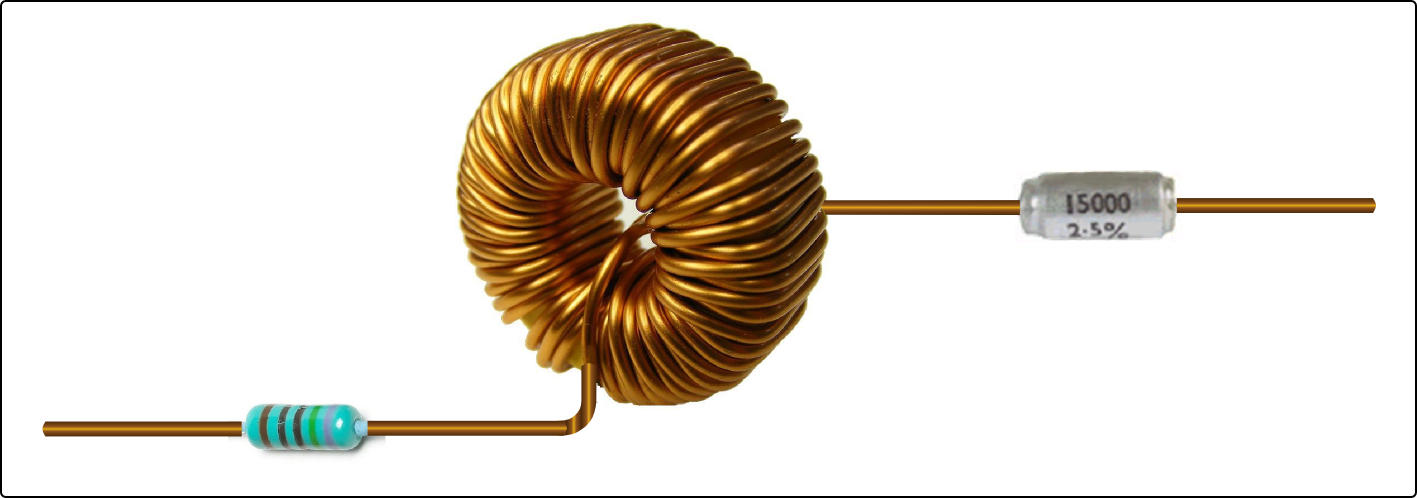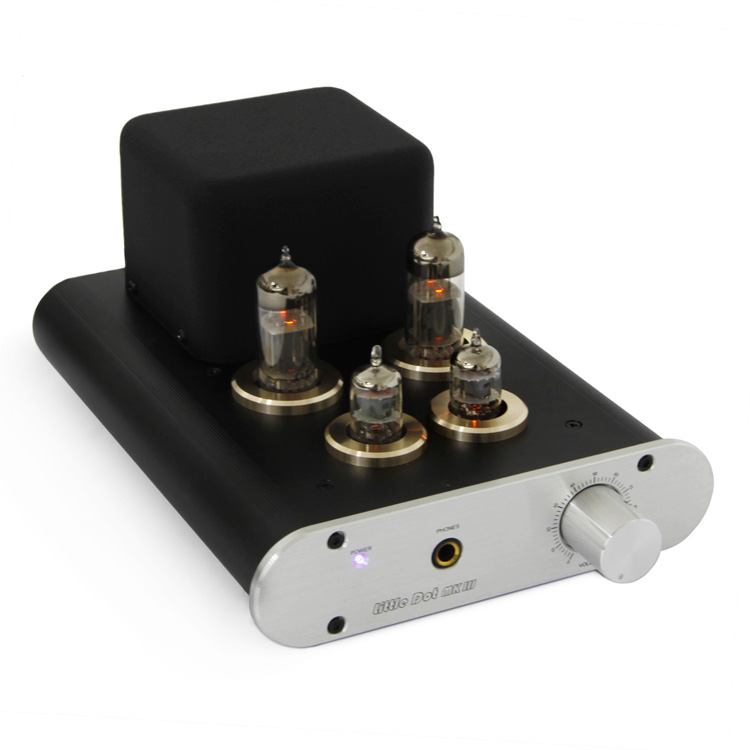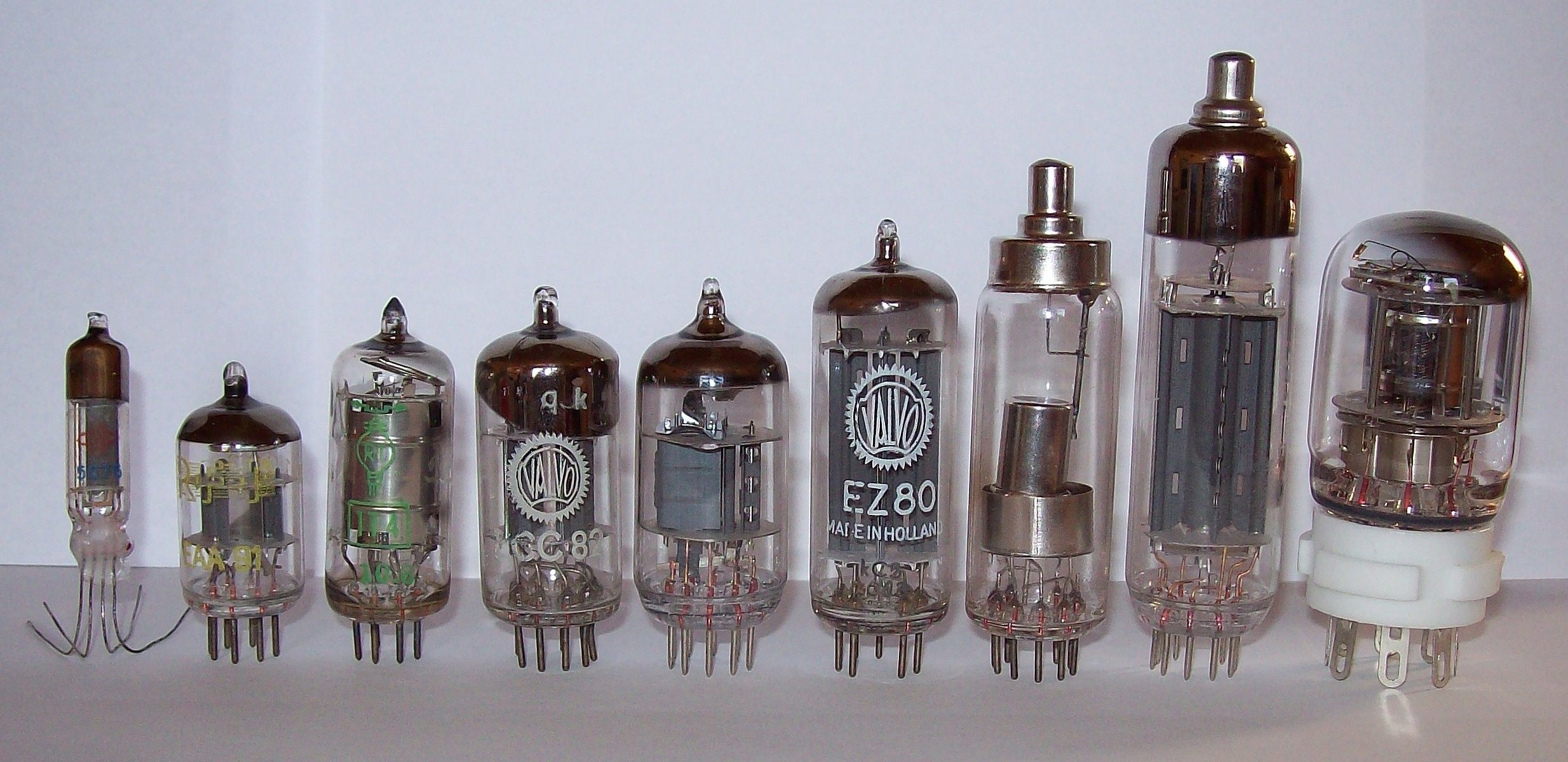|
Damping Factor
In an audio system, the damping factor is defined as the ratio of the rated impedance of the loudspeaker (usually assumed to be ) to the Output impedance, source impedance of the power amplifier. It was originally proposed in 1941. Only the magnitude of the loudspeaker impedance is used, and the power amplifier output impedance is assumed to be totally resistive. In typical solid state and tube amplifiers, the damping factor varies as a function of frequency. In solid state amplifiers, the damping factor usually has a maximum value at low frequencies, and it reduces progressively at higher frequencies. The figure to the right shows the damping factor of two amplifiers. One is a solid state amplifier (Luxman L-509u) and the other is a tube amplifier (Rogue Atlas). These results are fairly typical of these two types of amplifiers, and they serve to illustrate the fact that tube amplifiers usually have much lower damping factors than modern solid state amplifiers, which is an undes ... [...More Info...] [...Related Items...] OR: [Wikipedia] [Google] [Baidu] |
Damping
In physical systems, damping is the loss of energy of an oscillating system by dissipation. Damping is an influence within or upon an oscillatory system that has the effect of reducing or preventing its oscillation. Examples of damping include viscous damping in a fluid (see viscous drag), surface friction, radiation, resistance in electronic oscillators, and absorption and scattering of light in optical oscillators. Damping not based on energy loss can be important in other oscillating systems such as those that occur in biological systems and bikes (ex. Suspension (mechanics)). Damping is not to be confused with friction, which is a type of dissipative force acting on a system. Friction can cause or be a factor of damping. Many systems exhibit oscillatory behavior when they are disturbed from their position of static equilibrium. A mass suspended from a spring, for example, might, if pulled and released, bounce up and down. On each bounce, the system tends to return to ... [...More Info...] [...Related Items...] OR: [Wikipedia] [Google] [Baidu] |
Stiffness
Stiffness is the extent to which an object resists deformation in response to an applied force. The complementary concept is flexibility or pliability: the more flexible an object is, the less stiff it is. Calculations The stiffness, k, of a body is a measure of the resistance offered by an elastic body to deformation. For an elastic body with a single degree of freedom (DOF) (for example, stretching or compression of a rod), the stiffness is defined as k = \frac where, * F is the force on the body * \delta is the displacement produced by the force along the same degree of freedom (for instance, the change in length of a stretched spring) Stiffness is usually defined under quasi-static conditions, but sometimes under dynamic loading. In the International System of Units, stiffness is typically measured in newtons per meter (N/m). In Imperial units, stiffness is typically measured in pounds (lbs) per inch. Generally speaking, deflections (or motions) of an infinitesima ... [...More Info...] [...Related Items...] OR: [Wikipedia] [Google] [Baidu] |
RLC Circuit
An RLC circuit is an electrical circuit consisting of a electrical resistance, resistor (R), an inductor (L), and a capacitor (C), connected in series or in parallel. The name of the circuit is derived from the letters that are used to denote the constituent components of this circuit, where the sequence of the components may vary from RLC. The circuit forms a harmonic oscillator for current, and resonance, resonates in a manner similar to an LC circuit. Introducing the resistor increases the decay of these oscillations, which is also known as damping. The resistor also reduces the peak resonant frequency. Some resistance is unavoidable even if a resistor is not specifically included as a component. RLC circuits have many applications as electronic oscillator, oscillator circuits. receiver (radio), Radio receivers and television sets use them for tuner (electronics), tuning to select a narrow frequency range from ambient radio waves. In this role, the circuit is often referred ... [...More Info...] [...Related Items...] OR: [Wikipedia] [Google] [Baidu] |
Input Impedance
In electrical engineering, the input impedance of an electrical network is the measure of the opposition to current ( impedance), both static ( resistance) and dynamic ( reactance), into a load network or circuit that is ''external'' to the electrical source network. The input admittance (the reciprocal of impedance) is a measure of the load network's propensity to draw current. The source network is the portion of the network that transmits power, and the load network is the portion of the network that consumes power. For an electrical property measurement instrument like an oscilloscope, the instrument is a load circuit to an electrical circuit (source circuit) to be measured, so the input impedance is the impedance of the instrument seen by the circuit to be measured. Input impedance If the load network were replaced by a device with an output impedance equal to the input impedance of the load network (equivalent circuit), the characteristics of the source-load network w ... [...More Info...] [...Related Items...] OR: [Wikipedia] [Google] [Baidu] |
Headphone Amplifier
A headphone amplifier is a low-powered audio amplifier designed particularly to drive headphones worn on or in the ears, instead of loudspeakers in speaker enclosures. Most commonly, headphone amplifiers are found embedded in electronic devices that have a headphone jack, such as integrated amplifiers, portable music players (e.g., iPods), and televisions. However, standalone units are used, especially in audiophile markets and in professional audio applications, such as music studios. Headphone amplifiers are available in consumer-grade models used by hi-fi enthusiasts and audiophiles and professional audio models, which are used in recording studios. Consumer models Consumer headphone amplifiers are commercially available separate devices, sold to a niche audiophile market of hi-fi enthusiasts. Headphone amplifiers are designed to boost your headphones' sound quality and power, offering a richer and more detailed listening experience. In the case of the extremely high-end elec ... [...More Info...] [...Related Items...] OR: [Wikipedia] [Google] [Baidu] |
Electrical Impedance
In electrical engineering, impedance is the opposition to alternating current presented by the combined effect of Electrical_resistance, resistance and Electrical_reactance, reactance in a electrical circuit, circuit. Quantitatively, the impedance of a two-terminal Electrical element, circuit element is the ratio of the phasor, complex representation of the Sine wave, sinusoidal voltage between its terminals, to the complex representation of the current flowing through it. In general, it depends upon the frequency of the sinusoidal voltage. Impedance extends the concept of Electrical resistance, resistance to alternating current (AC) circuits, and possesses both Euclidean vector, magnitude and Phase (waves), phase, unlike resistance, which has only magnitude. Impedance can be represented as a complex number, with the same units as resistance, for which the SI unit is the ohm (). Its symbol is usually , and it may be represented by writing its magnitude and phase in the Polar ... [...More Info...] [...Related Items...] OR: [Wikipedia] [Google] [Baidu] |
Audio System Measurements
Audio system measurements are used to quantify audio system performance. These measurements are made for several purposes. Designers take measurements to specify the performance of a piece of equipment. Maintenance engineers make them to ensure equipment is still working to specification, or to ensure that the cumulative defects of an audio path are within limits considered acceptable. Audio system measurements often accommodate psychoacoustic principles to measure the system in a way that relates to human hearing. Subjectivity and frequency weighting Subjectively valid methods came to prominence in consumer audio in the UK and Europe in the 1970s, when the introduction of compact cassette tape, dbx (noise reduction), dbx and Dolby noise reduction techniques revealed the unsatisfactory nature of many basic engineering measurements. The specification of ITU-R 468 noise weighting, weighted CCIR-468 quasi-peak noise, and flutter measurement, weighted quasi-peak wow and flutter b ... [...More Info...] [...Related Items...] OR: [Wikipedia] [Google] [Baidu] |
Decibel
The decibel (symbol: dB) is a relative unit of measurement equal to one tenth of a bel (B). It expresses the ratio of two values of a Power, root-power, and field quantities, power or root-power quantity on a logarithmic scale. Two signals whose level (logarithmic quantity), levels differ by one decibel have a power ratio of 101/10 (approximately ) or root-power ratio of 101/20 (approximately ). The strict original usage above only expresses a relative change. However, the word decibel has since also been used for expressing an Absolute scale, absolute value that is relative to some fixed reference value, in which case the dB symbol is often suffixed with letter codes that indicate the reference value. For example, for the reference value of 1 volt, a common suffix is "#Voltage, V" (e.g., "20 dBV"). As it originated from a need to express power ratios, two principal types of scaling of the decibel are used to provide consistency depending on whether the scaling refer ... [...More Info...] [...Related Items...] OR: [Wikipedia] [Google] [Baidu] |
Nelson Pass
Nelson Pass (born June 27, 1951) is an American designer of audio amplifiers. Pass holds at least seven U.S. patents related to audio circuits. Career Studies, PMA and ESS In 1974, he received his BS in physics from the University of California-Davis.http://www.diyaudio.com/forums/showthread.php?postid=1600879#post1600879 NP@diyaudio During his studies, he and Mike Maher founded the small speaker company PMA.http://stereophile.com/interviews/1191pass/ Interview with NP From 1973 to 1974, he was employed at ESS and assisted Dr. Oskar Heil with crossover design, woofer selection, and final build cabinetry of audiophile, consumer grade loudspeakers. Nelson Pass holds 6 patents related to magneplanar speakers. Threshold After graduating in 1974, he and René Besne founded high-end amplifier company Threshold Electronics on December 5, 1974. Later, Joe Sammut became the third partner. Threshold is perhaps best known for the "Stasis" amplifiers (a design later also produced under li ... [...More Info...] [...Related Items...] OR: [Wikipedia] [Google] [Baidu] |
Vacuum Tube
A vacuum tube, electron tube, thermionic valve (British usage), or tube (North America) is a device that controls electric current flow in a high vacuum between electrodes to which an electric voltage, potential difference has been applied. It takes the form of an evacuated tubular envelope of glass or sometimes metal containing electrodes connected to external connection pins. The type known as a thermionic tube or thermionic valve utilizes thermionic emission of electrons from a hot cathode for fundamental Electronics, electronic functions such as signal amplifier, amplification and current Rectifier, rectification. Non-thermionic types such as vacuum phototubes achieve electron emission through the photoelectric effect, and are used for such purposes as the detection of light and measurement of its intensity. In both types the electrons are accelerated from the cathode to the anode by the electric field in the tube. The first, and simplest, vacuum tube, the diode or Flem ... [...More Info...] [...Related Items...] OR: [Wikipedia] [Google] [Baidu] |
Negative Feedback
Negative feedback (or balancing feedback) occurs when some function (Mathematics), function of the output of a system, process, or mechanism is feedback, fed back in a manner that tends to reduce the fluctuations in the output, whether caused by changes in the input or by other disturbances. Whereas positive feedback tends to instability via exponential growth, oscillation or chaos theory, chaotic behavior, negative feedback generally promotes stability. Negative feedback tends to promote a settling to List of types of equilibrium, equilibrium, and reduces the effects of perturbations. Negative feedback loops in which just the right amount of correction is applied with optimum timing, can be very stable, accurate, and responsive. Negative feedback is widely used in Mechanical engineering, mechanical and electronic engineering, and it is observed in many other fields including biology, chemistry and economics. General negative feedback systems are studied in Control engin ... [...More Info...] [...Related Items...] OR: [Wikipedia] [Google] [Baidu] |







